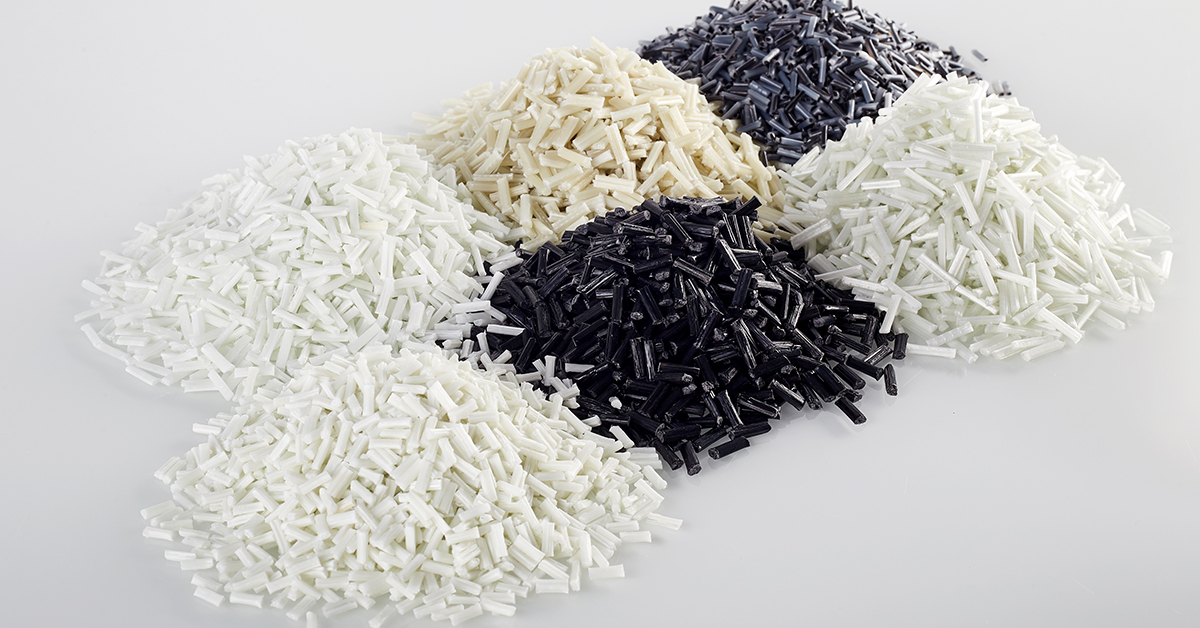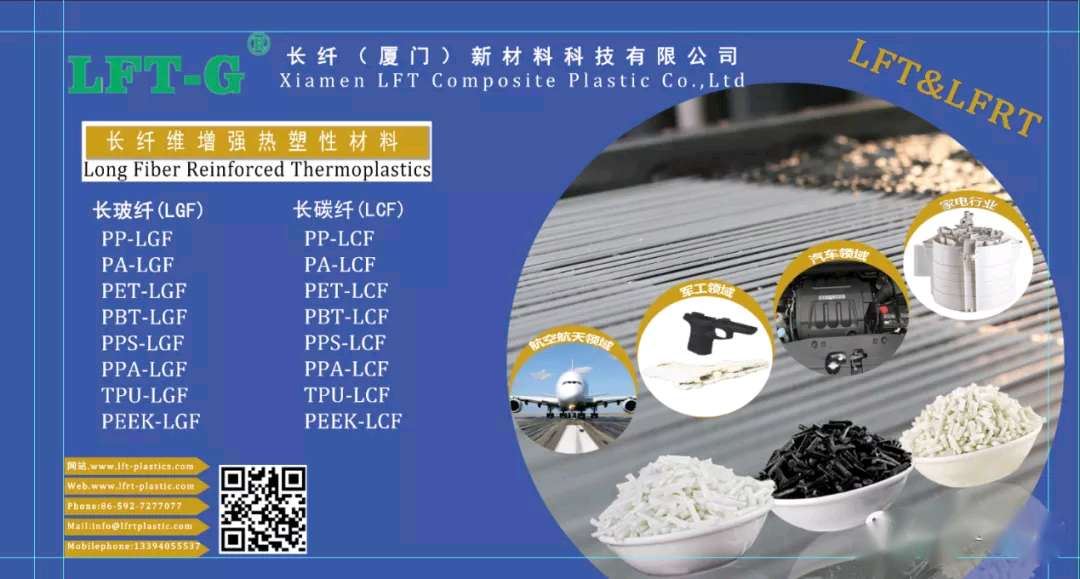nouveau blog

La structure moléculaire du PPS se compose d'un cycle benzénique et d'atomes de soufre interarrangés, la configuration est ordonnée, facile à former une stabilité thermique élevée de la structure cristalline. Dans le même temps, la structure moléculaire du matériau PPS présente des caractéristiques de liaison chimique très stables, la structure du cycle benzénique rend le PPS plus rigide et la liaison éther de soufre (-S-) offre un certain degré de flexibilité.
Le PPS lui-même a une bonne résistance à la chaleur, un retardateur de flamme et une résistance chimique, devrait être un matériau prometteur, mais le PPS pur présente quelques problèmes :
Le PPS non modifié présente quelques défauts inévitables :
Traitement difficile : c'est le plus gros problème de tous les matériaux résistants aux hautes températures : une température de traitement élevée, quel que soit le processus de moulage ou la consommation d'énergie du traitement, sera confrontée à de grands défis. De plus, le PPS est toujours sujet à la réticulation par oxydation thermique lors du processus de fusion, ce qui entraîne une fluidité réduite et améliore encore la difficulté de traitement ;
Mauvaise ténacité : la chaîne moléculaire PPS est rigide, la cristallinité maximale atteint 70 %, l'allongement est faible et la résistance au soudage n'est pas si bonne. En conséquence, la résistance aux chocs du PPS non modifié est médiocre, ce qui limite le champ d'application.
Coût élevé : les matières premières PPS et les plastiques techniques généraux sont comparés, le prix est environ 1 à 2 fois plus élevé et certains matériaux modifiés par rapport aux performances à faible coût ;
Revêtement difficile : la résistance chimique, la résistance moyenne est également une arme à double tranchant, le revêtement de surface PPS et les performances de coloration ne sont pas idéales. Bien que ce ne soit pas un problème majeur pour l’instant, c’est un facteur limitant.
Le PPS non modifié est difficile à appliquer, donc s'il doit être modifié, quelle direction doit être changé ?
Ces dernières années, avec la popularité de la 5G et des véhicules électriques, l'application du PPS modifié est en constante expansion, comme le support de batterie, la plaque de recouvrement, le diaphragme de batterie au lithium, l'équipement de communication 5G, le terminal intelligent, etc.
Renforcer et durcir
PPS actuellement principalement grâce au remplissage de fibres et à l'alliage de deux manières pour améliorer les propriétés mécaniques.
En plus du renforcement commun en fibre de verre, la fibre de carbone, la fibre aramide et d'autres charges sont également un système de modification progressivement populaire.
Faible modification diélectrique
Afin d'améliorer les propriétés diélectriques des matériaux, la méthode de mélange d'alliages est généralement utilisée à l'heure actuelle. Par exemple, PPS/LCP, selon la recherche, le système d'alliage peut être à 1 MHz, la constante diélectrique optimale jusqu'à 2,5.
En plus des alliages, la charge à faible teneur diélectrique est l'une des méthodes possibles. Les charges telles que les billes de verre creuses et les fibres de verre à faible diélectrique peuvent également réduire efficacement la constante diélectrique des composites PPS.
Selon les recherches, le moulage par extrusion peut réduire la constante diélectrique en dessous de 3 et les performances électriques sont stables entre 40 et 120 °C. De plus, la résistance et les propriétés diélectriques des composites peuvent être encore améliorées par un traitement de couplage de surface.
Modification de la conductivité thermique
Dans les scénarios d'application des batteries de véhicules à énergie nouvelle ou haute fréquence 5G, une bonne résistance à la chaleur des matériaux est non seulement requise, mais certaines exigences sont également avancées en matière de conduction thermique. Cependant, la conductivité thermique du PPS lui-même est médiocre, généralement inférieure à 0,5 W/(m·K).
À l'heure actuelle, l'utilisation principale du métal et des charges inorganiques est de deux manières. La charge métallique peut améliorer la conductivité thermique, mais également réduire les performances d'isolation.
Charges inorganiques, notamment oxydes, nitrures, matériaux carbonés, etc. Le PPS/oxyde de magnésium est le choix courant, ce qui peut augmenter la conductivité thermique du matériau jusqu'à 1,61 W/(m·K) ;
Le nitrure est plus complexe en termes de préparation et de technologie, mais possède également une conductivité thermique plus élevée. La conductivité thermique du composite à 40 % de nitrure de bore peut atteindre 4,15 W/(m·K).
Le graphène, les CNT et d'autres matériaux carbonés sont également le choix pour la modification de la conductivité thermique du PPS. Un bon équilibre peut être obtenu entre la quantité ajoutée et la conductivité thermique. Par exemple, la conductivité thermique du composite peut atteindre 4,414 W/(m·K) avec une fraction volumique de 29,3 % de graphène.
Modification de la membrane composite
Pour le marché des diaphragmes de batteries au lithium, le PPS est également appliqué.
Auparavant, le matériau de diaphragme couramment utilisé était la polyoléfine, mais l'infiltration d'électrolyte et la stabilité thermique des matériaux polyoléfiniques sont relativement médiocres, et il est facile de produire un retrait et une fusion à haute température.
La résistance chimique et la résistance thermique du matériau PPSont également un certain potentiel de modification. À l'heure actuelle, la méthode principale consiste à revêtir la surface du diaphragme PPS pour préparer le diaphragme composite.
Cette méthode a été progressivement appliquée de la recherche académique à l'industrie. Le tissu non tissé PPS est utilisé comme matériau de base et le PVS comme matériau de revêtement. Après revêtement physique, séchage et traitement de pressage à chaud, un diaphragme composite de batterie au lithium non tissé PVS/PPS est préparé.
Par rapport aux membranes polyoléfines traditionnelles, le PVS/PPS peut garantir une meilleure mouillabilité, bien que l'épaisseur soit augmentée et que la capacité spécifique de décharge soit supérieure à celle des membranes polyoléfines.

Des experts techniques en ligne 24h/24 pour vous fournir un service.